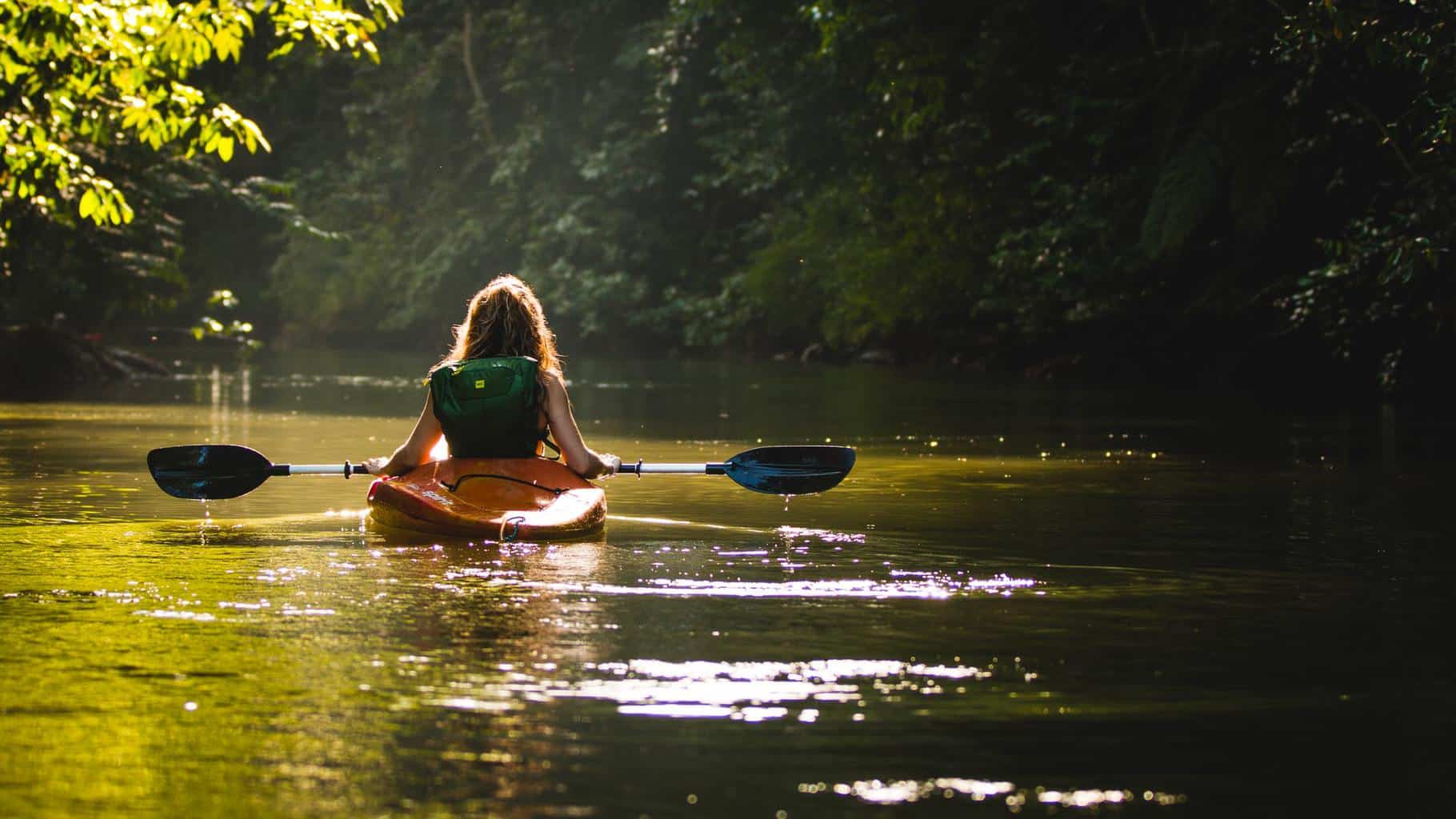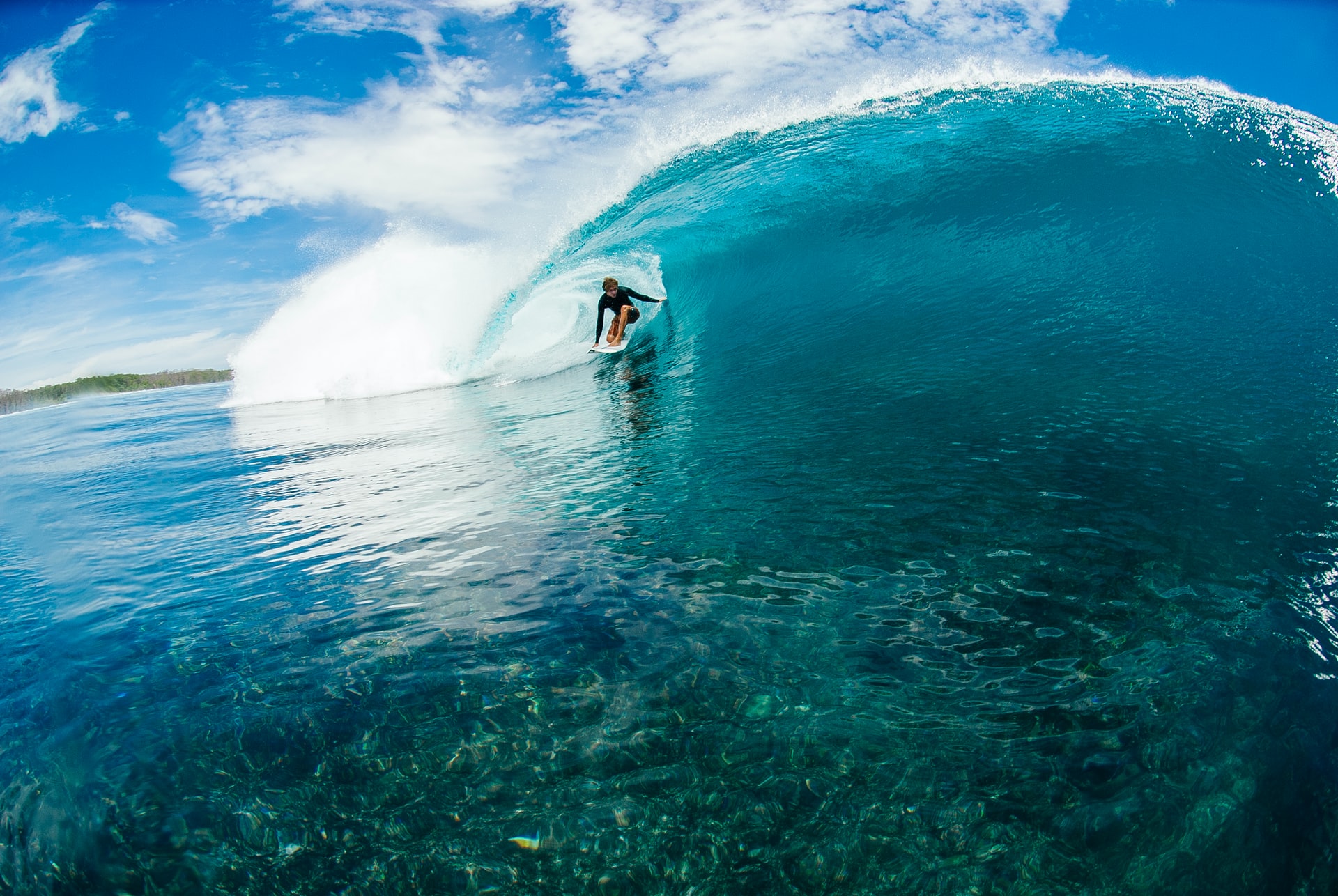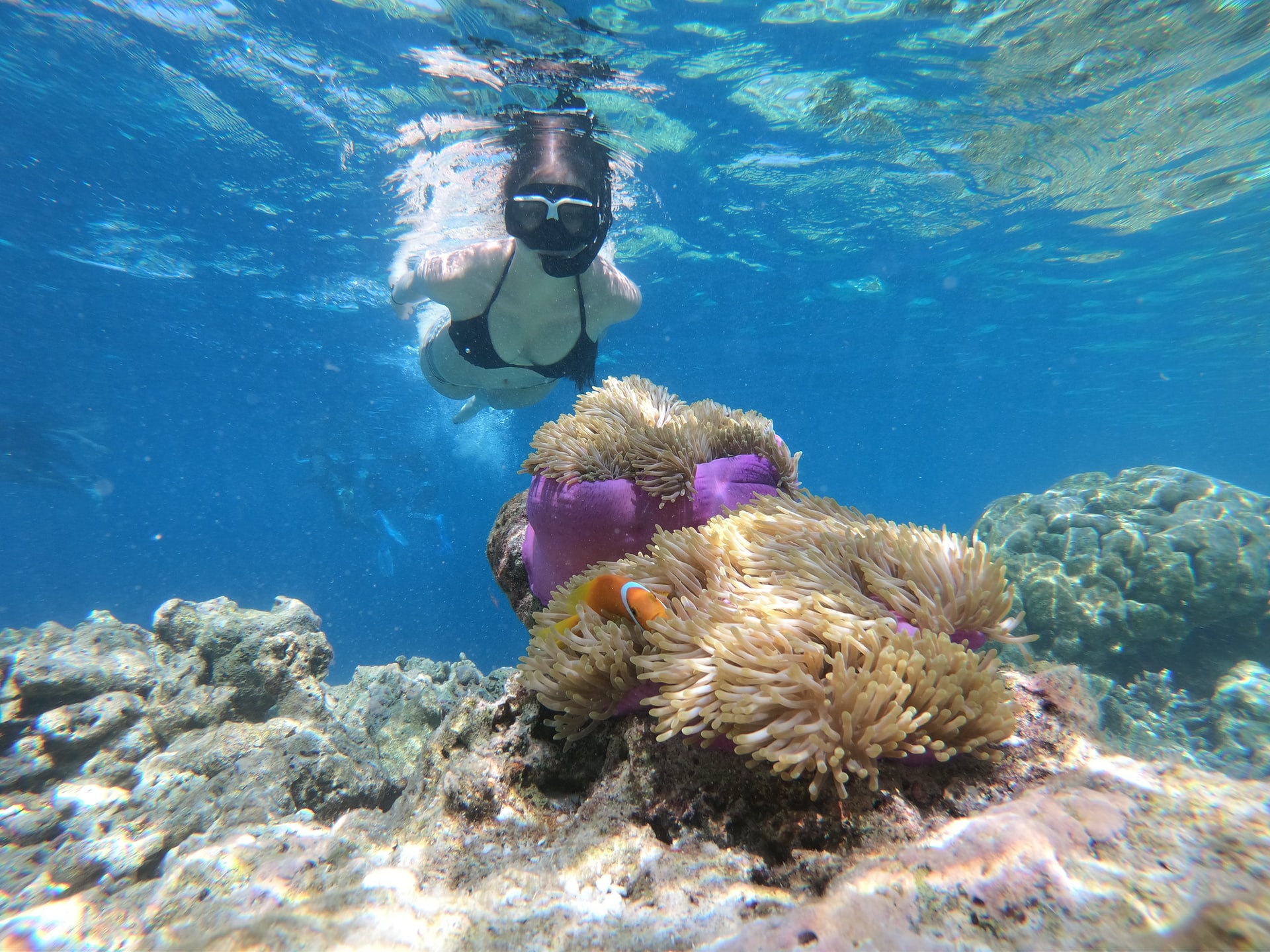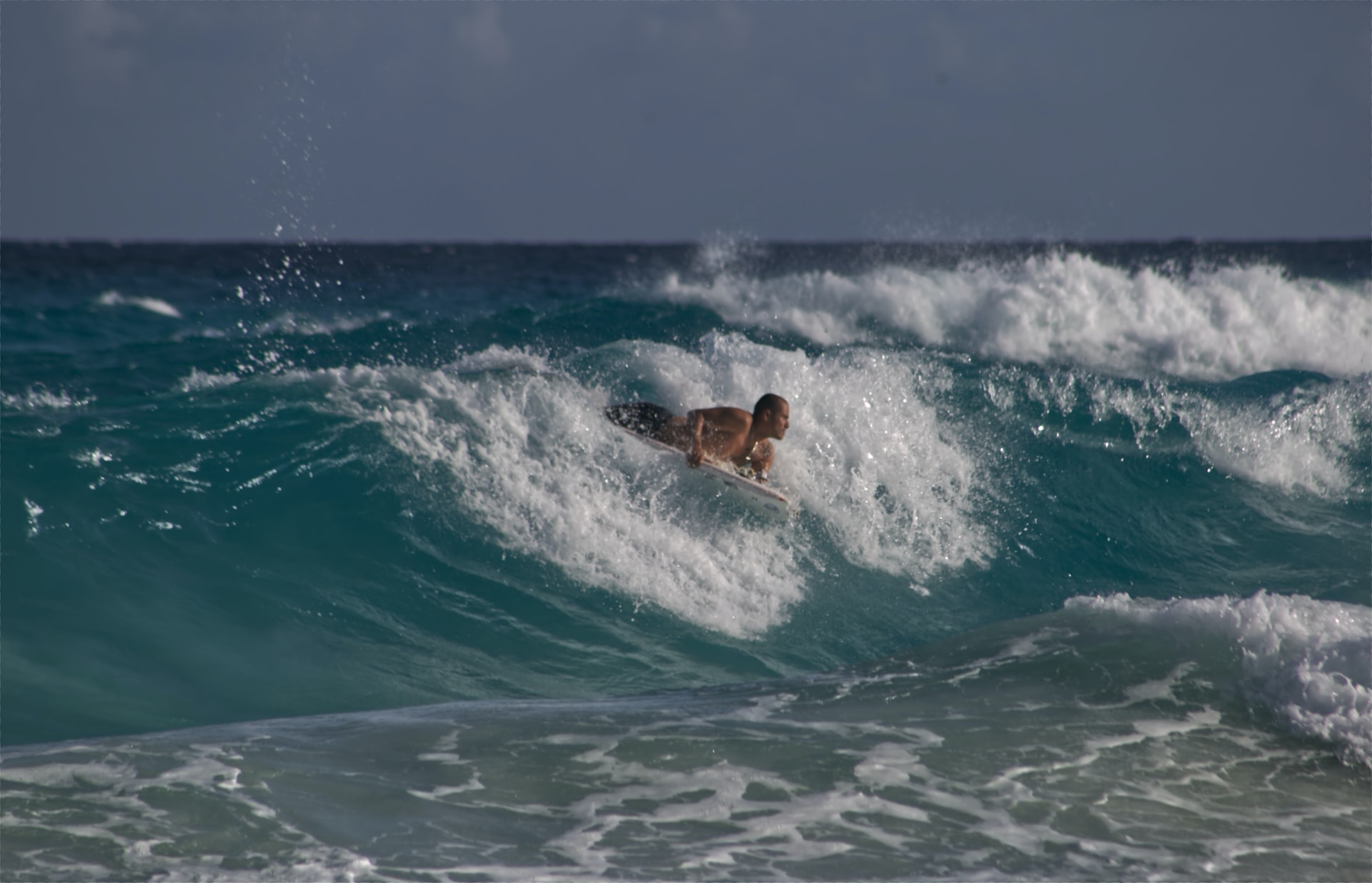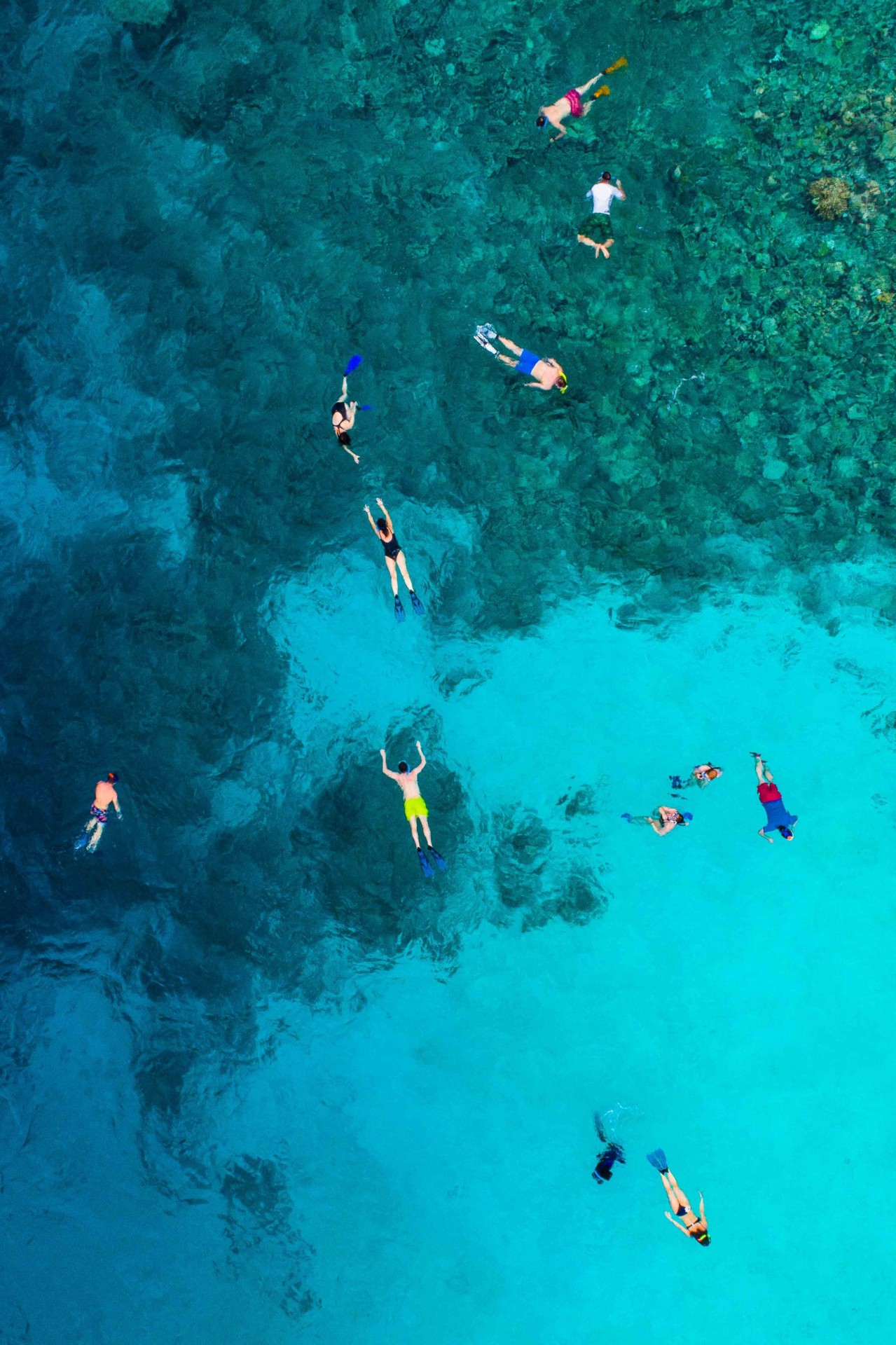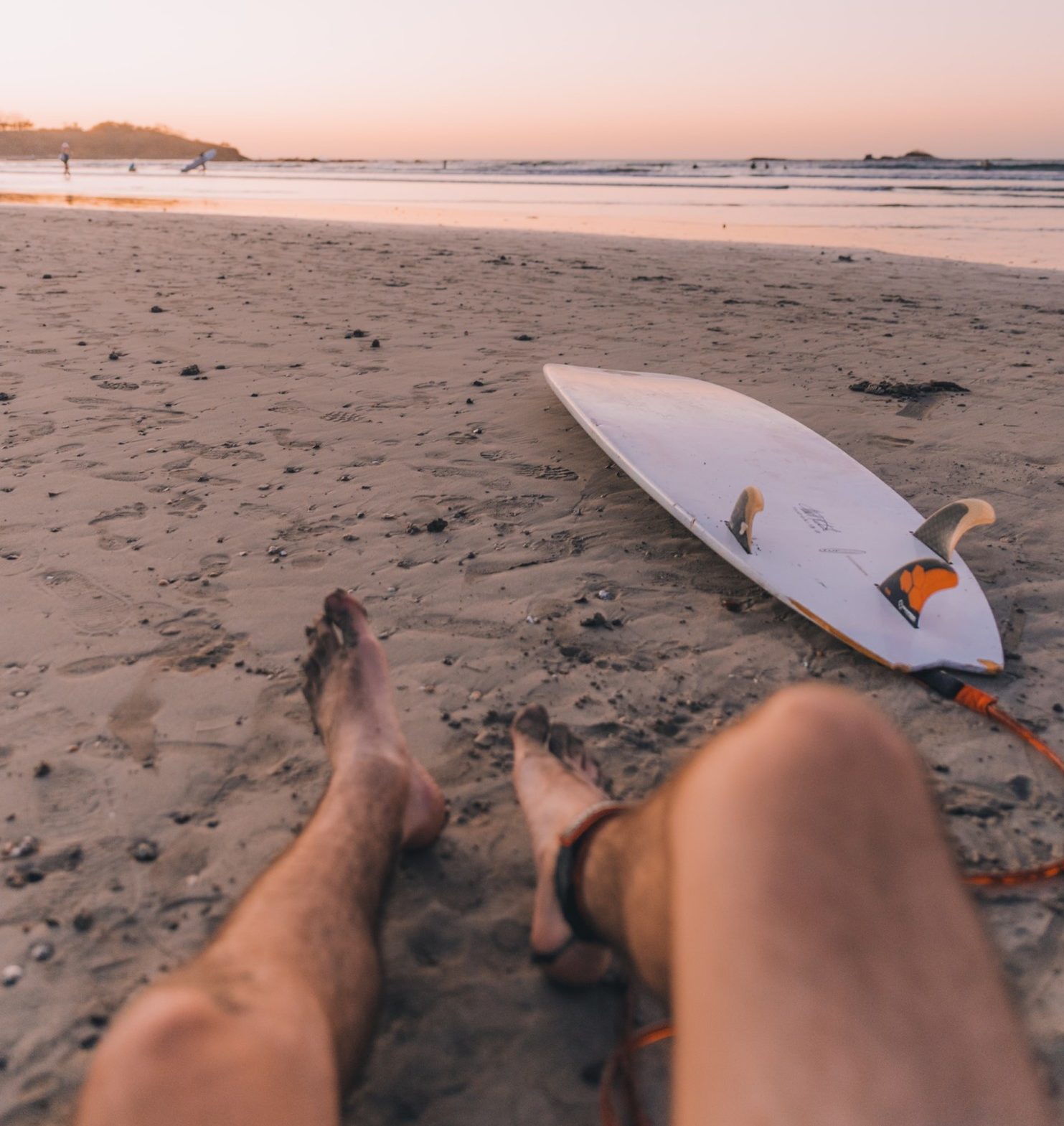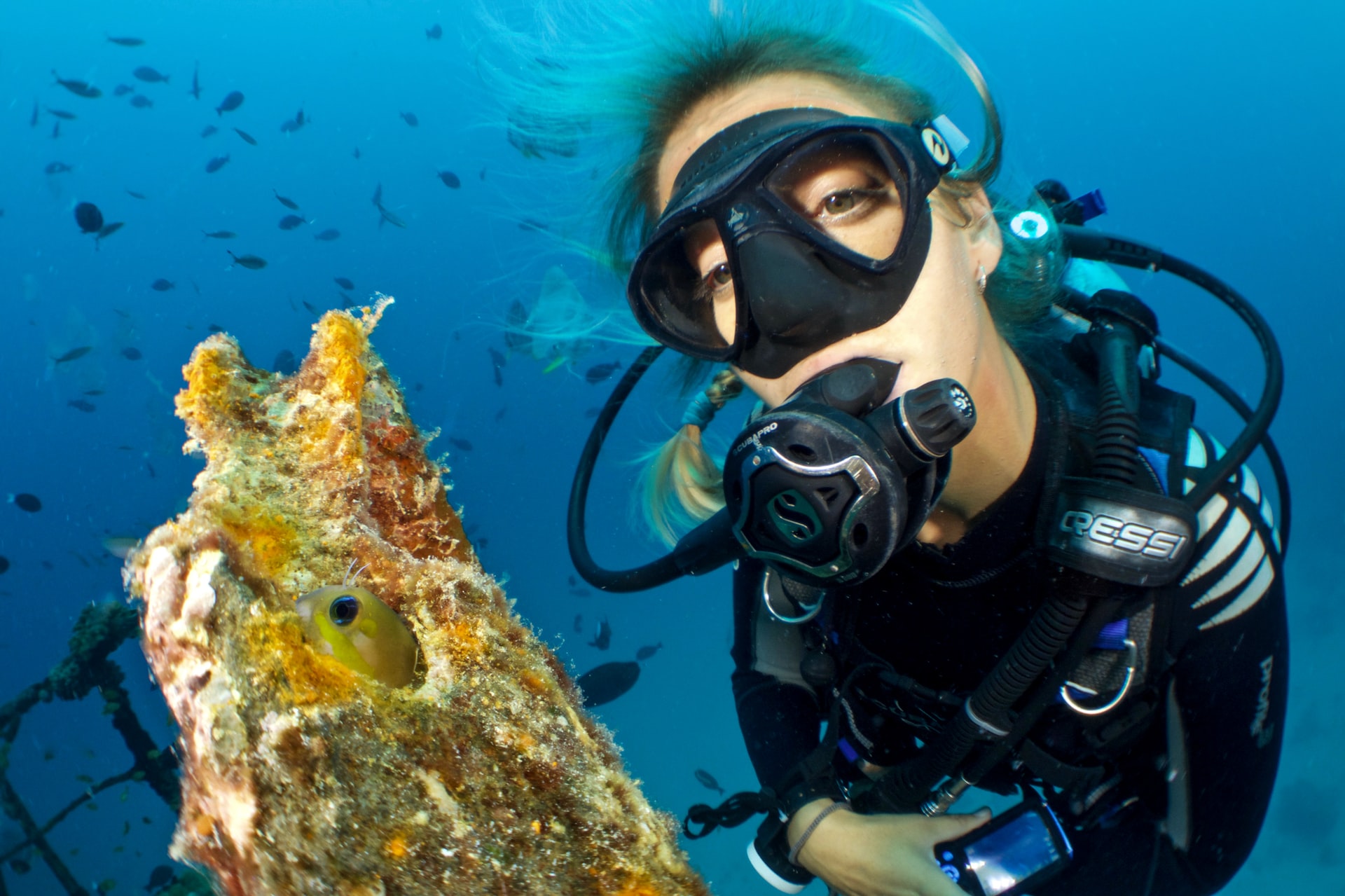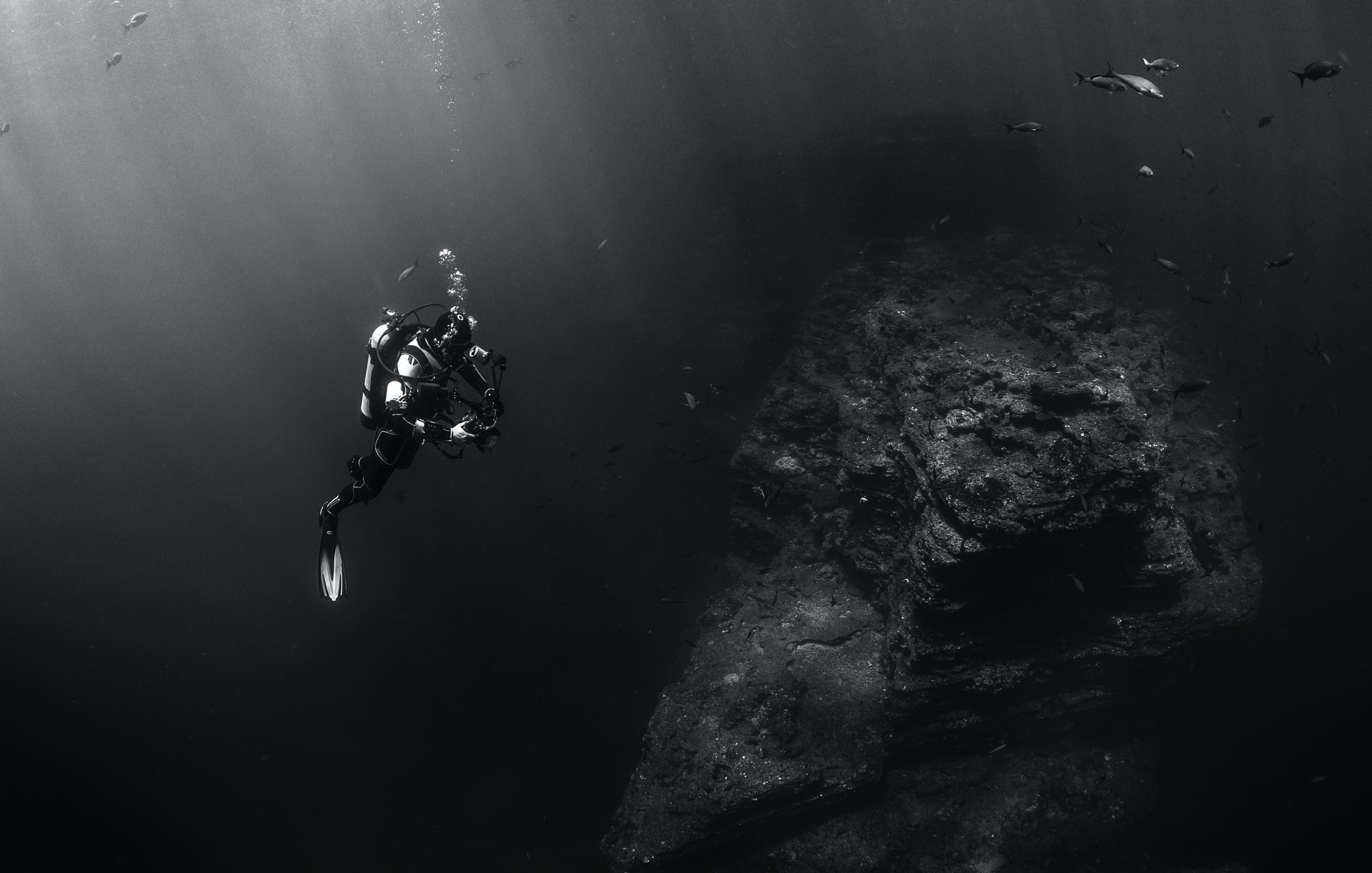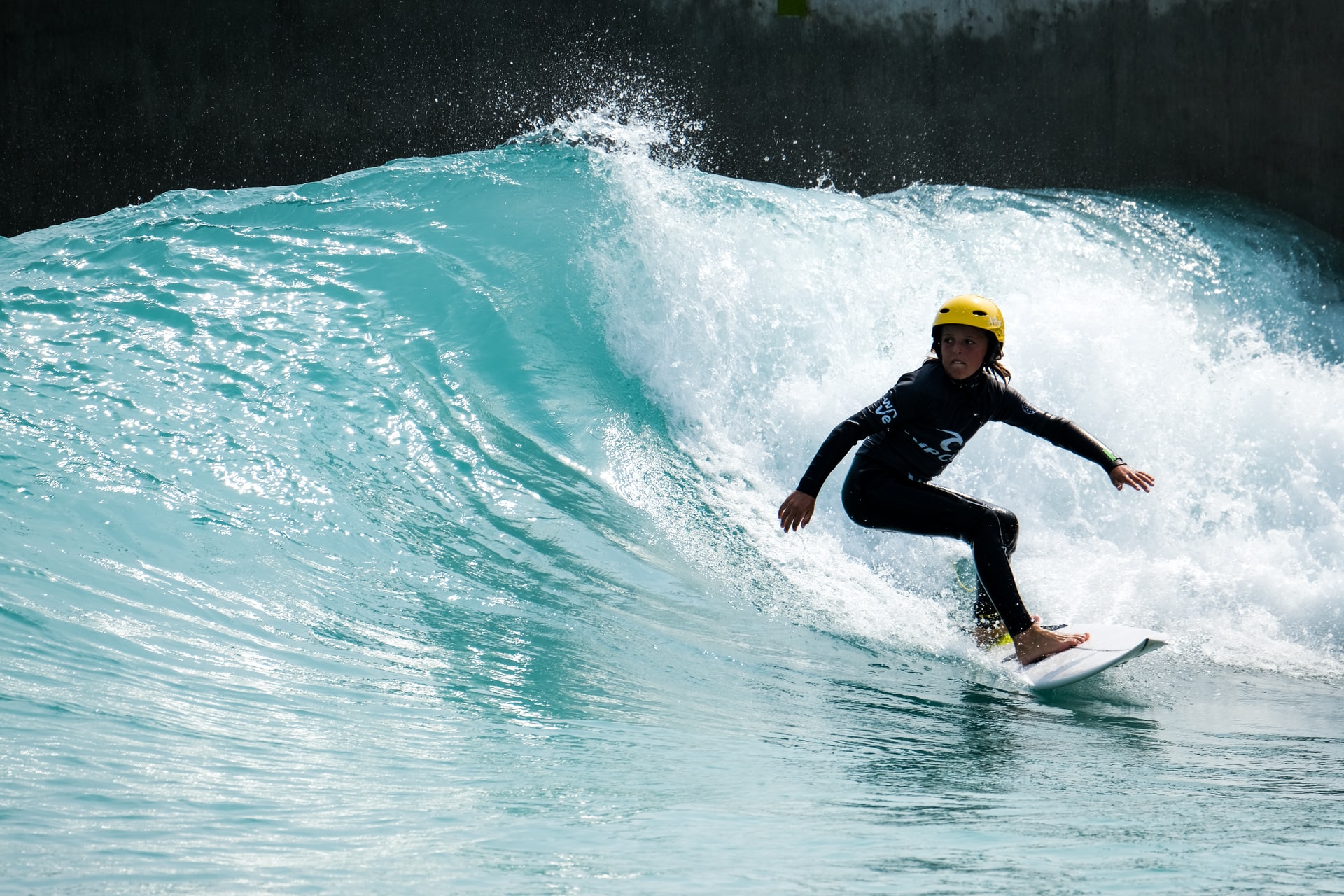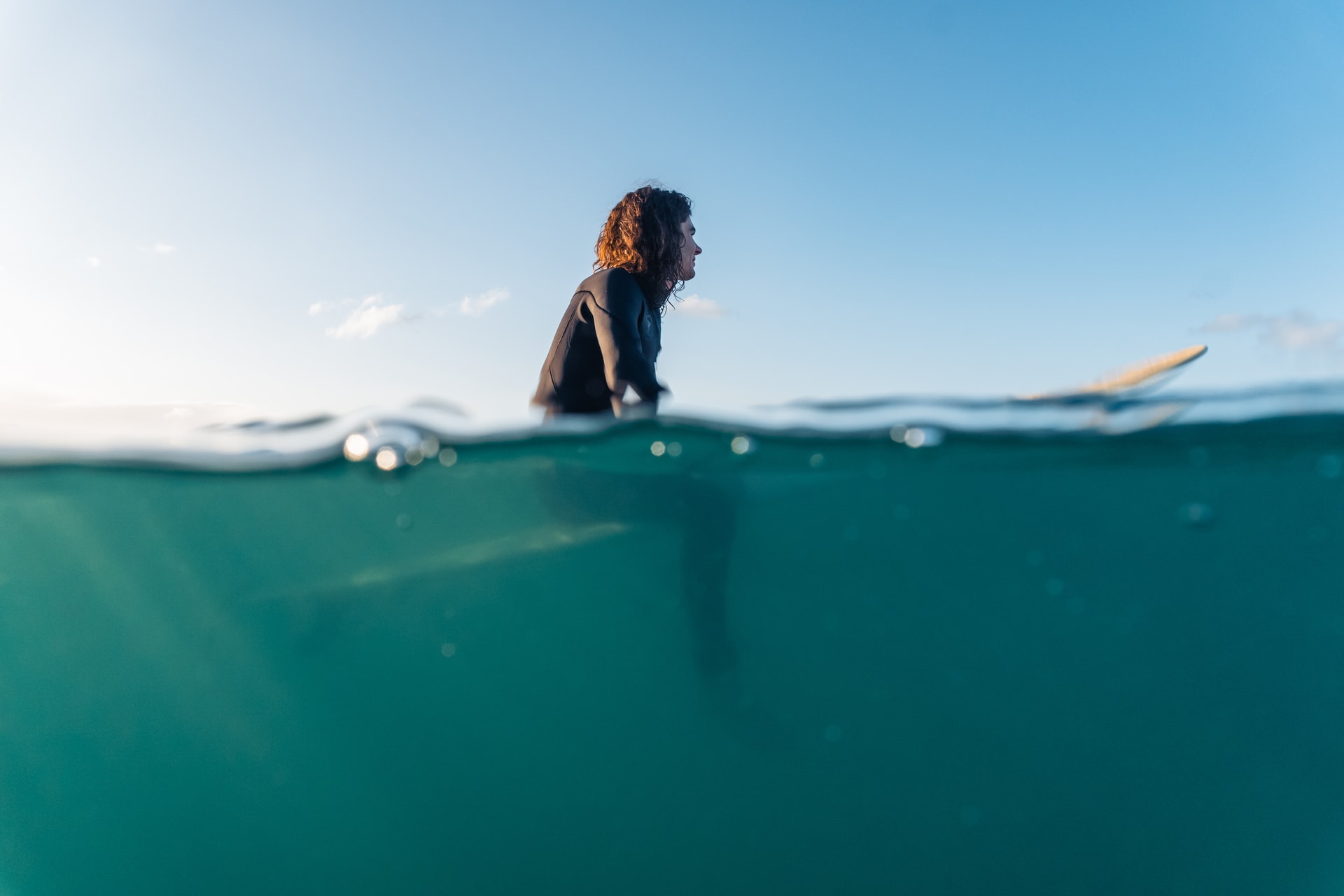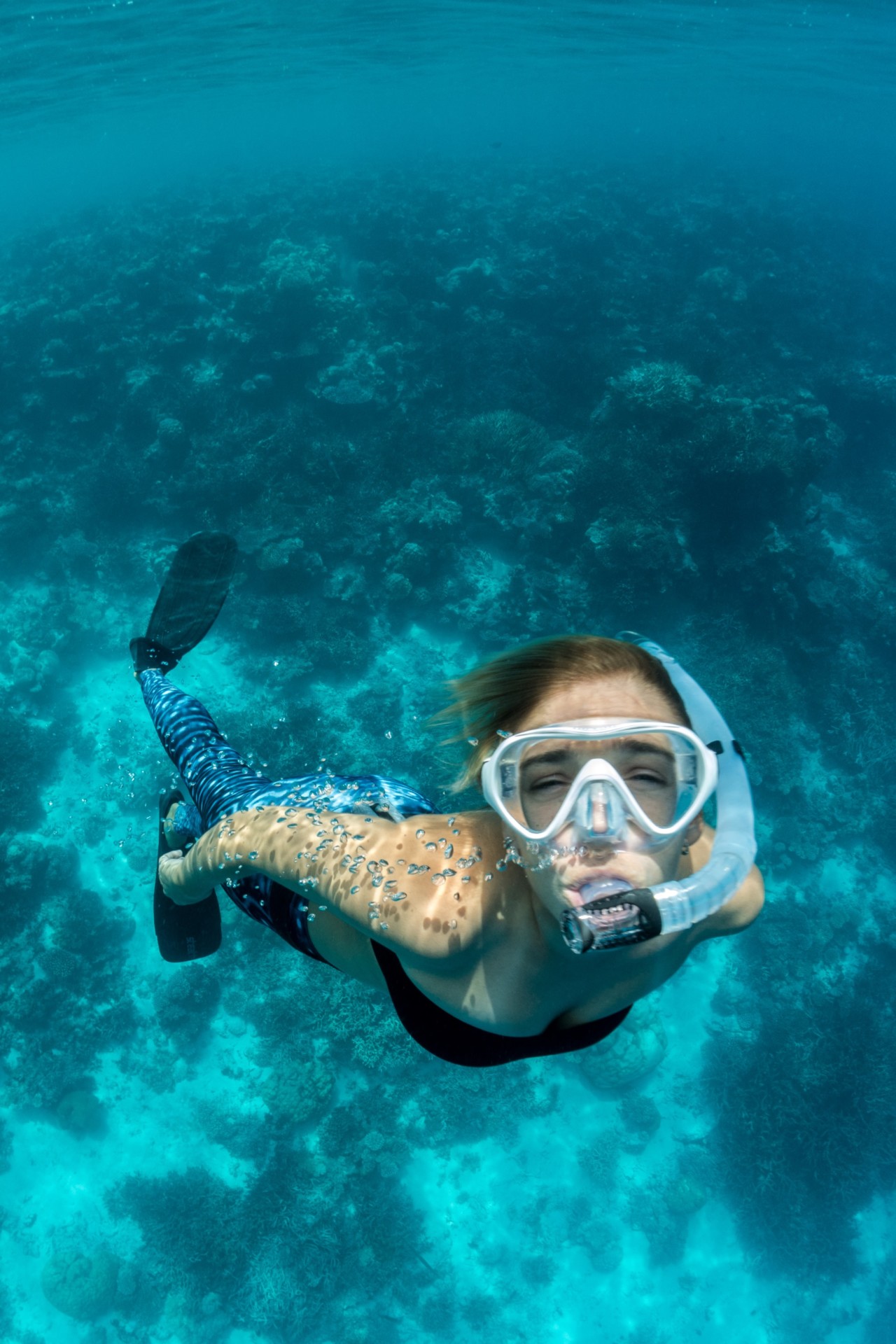Have you recently fallen in love with kayaking and can’t wait for the season to begin or don’t want it to end?
The age-old question of when does kayaking season start and end comes up every year.
You can also bet that you’ll get a different answer from every avid kayaker that you ask.
The truth is that there is a kayaking season, but the answer to the question isn’t all that simple.
Many factors influence how long you can safely and comfortably kayak.
Understanding how to know when to say when helps you plan for the longest possible season of adventures.
- Is There an Official Start and End of the Kayaking Season?
- What Is the Best Season for Kayaking?
- How Late In the Season Can I Still Go Kayaking?
- How Early In the Season Can I Go Kayaking?
- Can You Kayak Year-Round?
- Kayaking Season End and Start Dates Per State
- Consider Your Experience Level
- Why Location Matters
- Think About Your Ultimate Goal
- Safety Tips for Winter Kayaking
- How to Handle a Fall In Cold Water
- How Warm Should It be to Kayak?
- How Cold is Too Cold for Kayaking?
- Can You Kayak in the Fall?
- How Do I Keep My Feet Warm While Kayaking?
- How Do I Store My Kayak for the Winter Season?
- Conclusion
- You Might Also Like…
Disclosure: this post contains affiliate links (clearly marked with ), which means we may earn a commission if you buy something through them, at no additional cost to you.
Is There an Official Start and End of the Kayaking Season?
There is not an official start and end date for kayaking season.
This is because weather conditions can vary depending upon where in the world you plan to kayak.
Most kayakers choose to start up the season based upon when they feel like the weather conditions are comfortable for their level of experience and preferences.
The ideal time to start kayaking also depends upon how long people can stand to leave their boat in storage.
In cold weather climates, most people are getting antsy to go kayaking around the time that spring rolls around.
Even if some people don’t mind the cold, it might not be possible to kayak in places where rivers and lakes freeze over.
If you live or are visiting a place that is known to have snow and ice well into the spring, then you can often find reports online to let you know the current conditions where you plan to kayak.
For instance, the Colorado Parks and Wildlife Department lists the conditions at popular aquatic areas throughout the state.
What Is the Best Season for Kayaking?
Most people find that late spring to early summer is the best time to go kayaking.
By this point in the year, the weather is generally warm enough to not have to bundle up, but it isn’t so hot that you have to worry about keeping cool either.
Since the spring and summer seasons are also great for other outdoor pursuits, kayakers who like to camp and hike on their adventures will find this to be an ideal time to pull their boat out of storage.
Kayaking during the spring and summer months does come with the potential for getting caught in a rainstorm.
This can easily be avoided by watching the weather and learning how to notice the signs of any incoming inclement weather.
How Late In the Season Can I Still Go Kayaking?
As the summer months begin to fade into fall, you’ll find that the chillier temperatures can make it harder to enjoy kayaking.
However, it is usually worth adding on a few extra layers of clothing so that you can view the changing colors of the leaves from the water.
In most areas, you’ll want to consider ending your kayaking season between September and December.
This still varies a great deal according to the weather conditions where you plan to go.
Once it begins to snow or the temperatures dip low enough for the water to freeze, you could place your safety in jeopardy by venturing out on the water.
Advanced kayakers might still choose to go kayaking in the winter months, but this does require a higher level of skill and preparation compared to someone who just wants to paddle on the lake in the spring.
Winter kayakers must be prepared for severe cold water and air conditions.
You may need a dry suit along with additional waterproof clothing to keep you warm if you capsize.
Kayaking with an experienced buddy or group is also essential anytime you are paddling in frigid conditions.
You might also need to consider your route to the water where you will be kayaking.
If the roads are likely to have ice or snow on them, then you’ll need to take the appropriate type of vehicle.
In many outdoor locations, a four-wheel drive vehicle is best for transporting your kayak and gear to a winter lake or river.
How Early In the Season Can I Go Kayaking?
Kayakers in southern states or countries can often get a jumpstart on the season compared to people who live in colder climates.
In some areas, you might be able to comfortably go kayaking as soon as February.
You can start watching for seasonal changes that give you an idea of how warm it will be for an upcoming trip.
Seeing plants start to blossom is a good sign that spring and warmer weather is arriving.
You can also look for signs of snow starting to thaw if you live in a cold climate.
Whitewater kayaking is sometimes more exciting when there is snow melt increasing the flow and depth of rivers.
If adrenaline-filled kayaking trips are your style, then keeping an eye out for the first signs of snow melt is another way to know when you want to plan your adventure.
Kayakers who plan to travel for their next trip can use past years to help guide their decision on when they can start paddling.
The Farmer’s Almanac is a great resource for learning more about a specific location’s weather patterns.
You can also use this source for predictions about the upcoming year’s weather patterns.
Keep in mind, however, that the accuracy rate is not always stable for weather predictions, but taking a look at the past can help you get a better idea of what might happen.
Can You Kayak Year-Round?
In some locations, kayaking year-round is completely comfortable and requires only adding some extra layers in case you do get wet.
Other locations may be impossible to go kayaking in during certain times of the year.
Seasonal rainfall can influence the water levels in some areas.
This means that you could run into a river with hardly enough water to float your kayak if you go during the wrong time of the year.
There is also the concern of rivers and lakes being frozen over, or you might not want to hit the whitewater rapids of snow melt as a beginner kayaker.
If you plan to kayak during a time that might be considered off-season, then it is worth researching what you might need to anticipate.
You can then compare this to your goals.
For example, if your goal is to see orcas, then you might want to consider braving cold weather conditions to go kayaking during the whale’s migration time.
Or, you might want to go kayaking in the winter in locations that have a high degree of tourism if you prefer to beat the crowds.
Kayaking Season End and Start Dates Per State
Most states don’t have an official date for kayaking season, but some do regulate how you paddle during certain times of the year.
For example, the Pennsylvania Fish and Boat Commission requires paddlers to wear life jackets starting November 1 through April 30 to increase safety during cold water conditions.
For the most part, you can determine the ideal start and end for kayaking season in each state by considering the general climate for the area.
Some states are even fortunate enough to enjoy a kayaking season that spans the majority of the year due to fairly temperate weather.
| January to December | February to November | April to September |
|---|---|---|
| California | Oregon | Maine |
| Arizona | Nevada | New Hampshire |
| New Mexico | Utah | Vermont |
| Texas | Kansas | Massachusetts |
| Louisiana | Oklahoma | Rhode Island |
| Mississippi | Nebraska | New York |
| Alabama | South Dakota | Connecticut |
| Georgia | Missouri | Pennsylvania |
| Florida | Kentucky | Delaware |
| Tennessee | Maryland | |
| North Carolina | West Virginia | |
| South Carolina | Virginia | |
| Arkansas | Ohio | |
| Colorado | Michigan | |
| Wisconsin | ||
| Minnesota | ||
| Washington | ||
| Montana | ||
| Illinois | ||
| North Dakota | ||
| Indiana |
Keep in mind that these are all just estimates for the best times to go kayaking.
During kayaking season, some states have weather changes that could change when it is safe to plan a trip.
For example, Arizona has warm weather for the majority of the year, but the state also has a monsoon season that runs from June to September.
These months fall right in the middle of the height of kayaking season, and severe storms can cause issues for kayakers such as an increased risk for lightning strikes and flash floods.
Learning more about the state that you plan to visit for your kayaking trip helps you pick the best dates and times to start your adventure.
Consider Your Experience Level
One of the reasons why some people follow a kayaking season is to avoid falling into frigid water.
Someone who is experienced with kayaking is less likely to turn over their boat. They’ll also be more capable of getting back into the boat if they do go overboard.
A beginner is someone who might be able to get back into the boat without assistance in calm conditions. Yet, you might have trouble doing so if the water is choppy.
If you fall into this category, then you won’t want to try winter kayaking until you are more stable on the water.
People who fall into the intermediate and advanced categories can feel safer extending their season. This should still be done with a considerable level of caution.
Even spring and summer boating requires keeping a close eye on the weather and water conditions. This becomes even more important as the temperatures begin to drop.
Why Location Matters
Another reason for the great debate about seasons is that the climate is very different from one place to another.
Just in North America alone, there are vast differences in how long people can enjoy paddling down their favorite river.
In New York, fall color tours are a favorite among kayakers. Those gorgeous red, orange and yellow hues tend to peak in October.
While the water is cooler during these months compared to the summer, kayaking is still pretty safe.
People who live along the warmer coastal lines will tell you that they rarely shelve their kayak.
California and Florida are most notable for being able to enjoy waterspouts for the majority of the year.
On the flip side is Canada. There, the kayaking season for warm water boaters tends to be much shorter than other areas.
Think About Your Ultimate Goal
Kayaking is worth it for the sheer enjoyment that the sport brings alone. However, many people enjoy doing other activities from their boat.
When to Try for Photography
Photographers often find that their adventures lead to unexpected photo opportunities.
Whether you love wildlife or capturing gorgeous nature scenes, the best way to get to your target destination may be by boat.
Timing is critical for capturing award-winning shots. Certain types of wildlife might be harder to find during the winter.
Someone who wants those fall color shots may have a narrow window during which the leaves are the brightest.
Winter snow on the trees might also mean venturing out onto the water towards the end of the primary kayaking season.
Best Times to Fish
Fishing is another activity that people prefer to enjoy from their boat.
Sit on top kayaks are great for giving you a good view of the water and easy access to your line.
In many parts of the United States, April and May are the months when fishing season tends to ramp up.
If your goal is to fill your bucket, then you’ll want to plan most of your trips for the spring and summer.
Planning Camping and Swimming Trips
Your final destination may also be your ultimate goal. Many of the most popular rivers take you down to lovely islands and shores where you can stop.
A swim in the cove might be too chilly in the winter. You may also prefer camping in the summer months to keep the amount of gear that you need low.
Understanding the 50/50/50 Rule
If you spend enough time with kayakers, then you’ll eventually hear about this rule. There are several different versions of this concept.
However, it mostly comes down to avoiding kayaking if the water or air temperatures are below 50 degrees Fahrenheit (10° Celsius).
One version of the rule claims that a person only has a 50 percent survival chance if they have to swim 50 yards in 50 degrees Fahrenheit water.
According to the National Center for Cold Water Safety, the primary rules circulating in the kayaking world are myths. Instead, it is more important to explore the different factors that influence survival.
Your ability to survive a cold water fall depends upon your preparedness, physical fitness and ability to stay calm in stressful circumstances.
Still, the rule can be a helpful one to follow for people who prefer not to wind up in a survival situation.
Safety Tips for Winter Kayaking
Right now, you may be wondering if it is safe to go kayaking in the winter. The good news is that it is safe, but you need to know how to do it right.
What to Wear in the Winter
A good rule of thumb to follow is to dress for the water temperature and not the air. Staying warm and dry is your biggest priority in the winter.
Wetsuits are the go-to choice for most kayakers that venture out into cooler waters. Keep in mind that a wetsuit is most ideal for water that is above 50 degrees.
A drysuit offers the best protection from cold water since it keeps you completely dry. You will also want to wear a base layer with your drysuit.
A base layer might be made from fleece or another warm material.
Here are a few other items of clothing that you might want to wear:
- rash guard
- paddling gloves
- waterproof shoes
- fleece or wool cap
- buff or full-face covering
- dry pants and shirt (if you opt out of a drysuit)
Other Gear to Bring
Self-reliance is a hallmark trait that is prized in the kayaking community.
Although everyone on the water should look out for each other, you should never count on someone being available to rescue you.
Your most important piece of gear is your life jacket. Wear it every time you go out on the water. You should also check it before you head out on each adventure.
Your life jacket can help you stay afloat if you fall into frigid water and have trouble swimming.
You’ll also want to pack these essentials that are worth having in any season:
- first aid kit
- communication device
- flashlight
- fire starter
- extra warm clothing packed in a dry bag
Safety Practices to Remember
The majority of the safety practices that you need to follow can also help you during the spring and summer.
They simply take on greater importance when there is a risk of falling into cold water.
Always make sure to bring a buddy along. You can help each other if one of you begins to struggle.
You should also let someone on dry land know where you are going and when you plan to be back.
If you are kayaking in cold water, then you will also want to stay closer to shore than you might normally wander.
Swimming in water that is extremely cold is difficult, and you may tire out faster than you expect if you fall overboard.
You should also know the area and expected weather for where you plan to go boating.
If the area that you are kayaking in is known for volatile weather, then check the reports immediately before you head out.
How to Handle a Fall In Cold Water
Your chances of survival during a cold water fall go up when you know what to do. Always try to get back onto your boat if it is possible.
If not, then see if you can find another item to use to hoist your body out of the water. Even getting a portion of your body out of the water can help you to maintain a higher body temperature.
If you are unable to swim to shore, then hold your body in the HELP position. This involves crossing your legs and arms across your body while your life jacket helps you stay in a semi-sitting position.
How Warm Should It be to Kayak?
Every kayaker has a preference for the air and water temperatures that they think are best for spending time on the water.
For some kayakers, an air temperature of 50°F / 10°C is a good starting point, but others may say that it should be warmer.
Most people feel the most comfortable when the air temperature is 70°F / 21°C.
This is the point where your body’s processes are functioning at their best.
Once the air temperature begins to match your body temperature, you’ll notice that you begin to feel hotter.
This is especially true in humid conditions, which you can expect when you are kayaking near large bodies of water.
While warmer weather is generally better for kayaking, there comes a point when it could become dangerous.
Sitting in a kayak on the water and being exposed to full sunlight during hot weather places you at risk for heat-related illnesses.
Heat exhaustion, sunburn and heat stroke are just a few problems that could happen during summer kayaking.
Always monitor yourself for the symptoms of these conditions.
You can also be proactive about staying hydrated and using sunscreen.
In the height of the summer, you might choose to kayak earlier or later in the day when it is not as hot outside.
How Cold is Too Cold for Kayaking?
There are some kayakers who choose to keep up their favorite sport all winter long.
You might even see some boaters paddling through the water when it is near freezing.
Once again, you have to pay attention to your abilities. If you don’t think you can stay in your kayak and avoid a water rescue, then you may want to wait for warmer weather.
Can You Kayak in the Fall?
Absolutely! Fall adventures can give you some of the prettiest views.
You can also continue to fish and enjoy other hobbies on the water throughout the fall months.
How Do I Keep My Feet Warm While Kayaking?
Neoprene booties are the best insulation shoes to wear when you are going into cooler water.
Many people wear these all year long, and you can also add an extra layer of socks if you are going out in extremely cold weather.
How Do I Store My Kayak for the Winter Season?
Whether you decide to keep kayaking all winter long or choose to take a break, you’ll want to be extra cautious with how you store your kayak.
Start by making sure that your boat is completely dry before you put it away. Water that gets into small cracks on your kayak can freeze and cause damage as it expands.
If you are putting your boat up for a long time, give it a thorough cleaning and use protective spray to keep it in good condition.
Remember that the best place for your kayak is off of the ground, and it should be covered at all times.
Conclusion
So, when does kayaking season start and end?
The answer is that no one knows exactly. Carefully think through all of the factors discussed here, and make your own decision.
Just remember to be safe, plan carefully and invite along a buddy.
The more the merrier tends to be the safest rule to follow if you do venture out into the winter waters.
You Might Also Like…
-
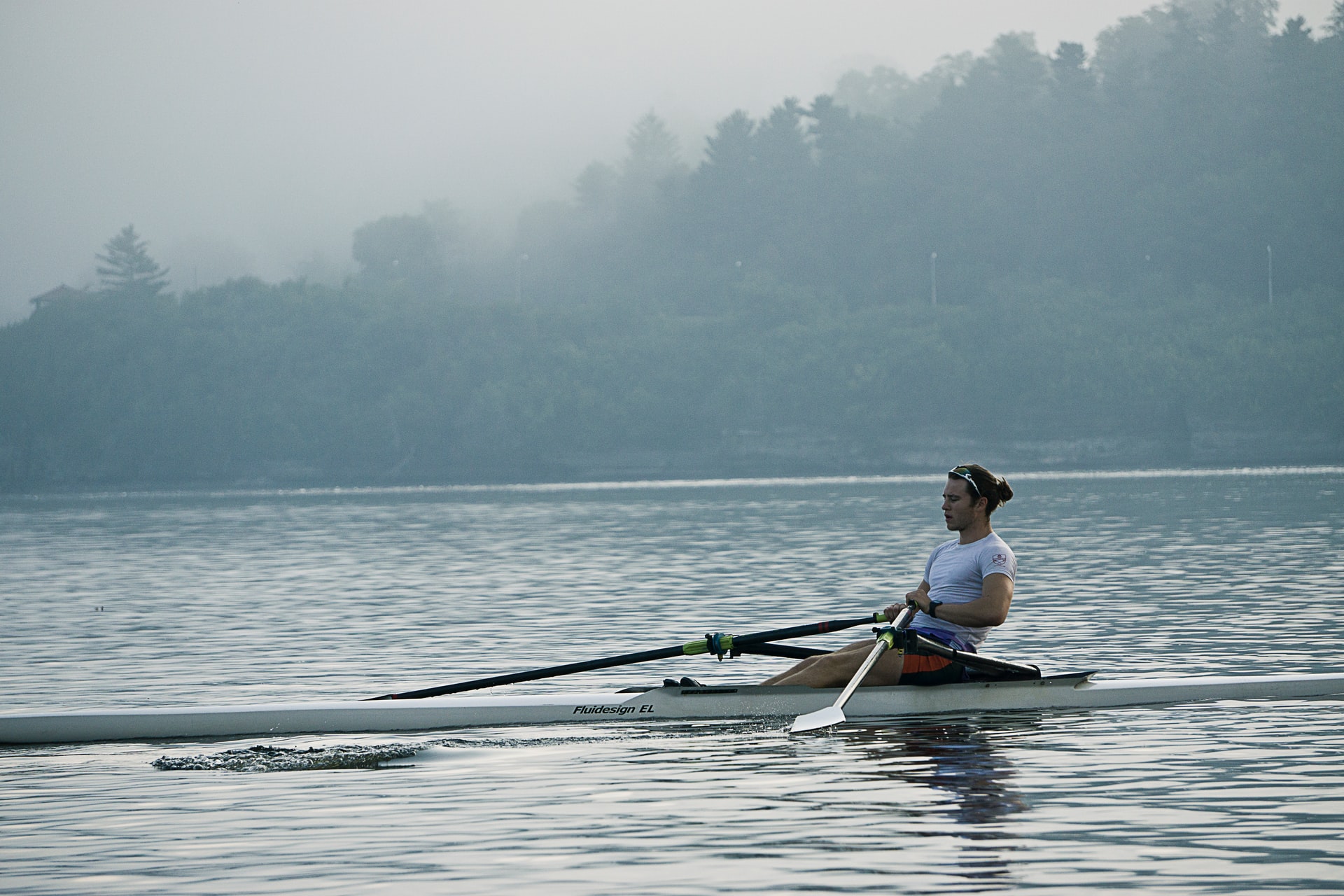
Kayaking Vs. Rowing: What’s the Difference? (8 Key Differences)
-
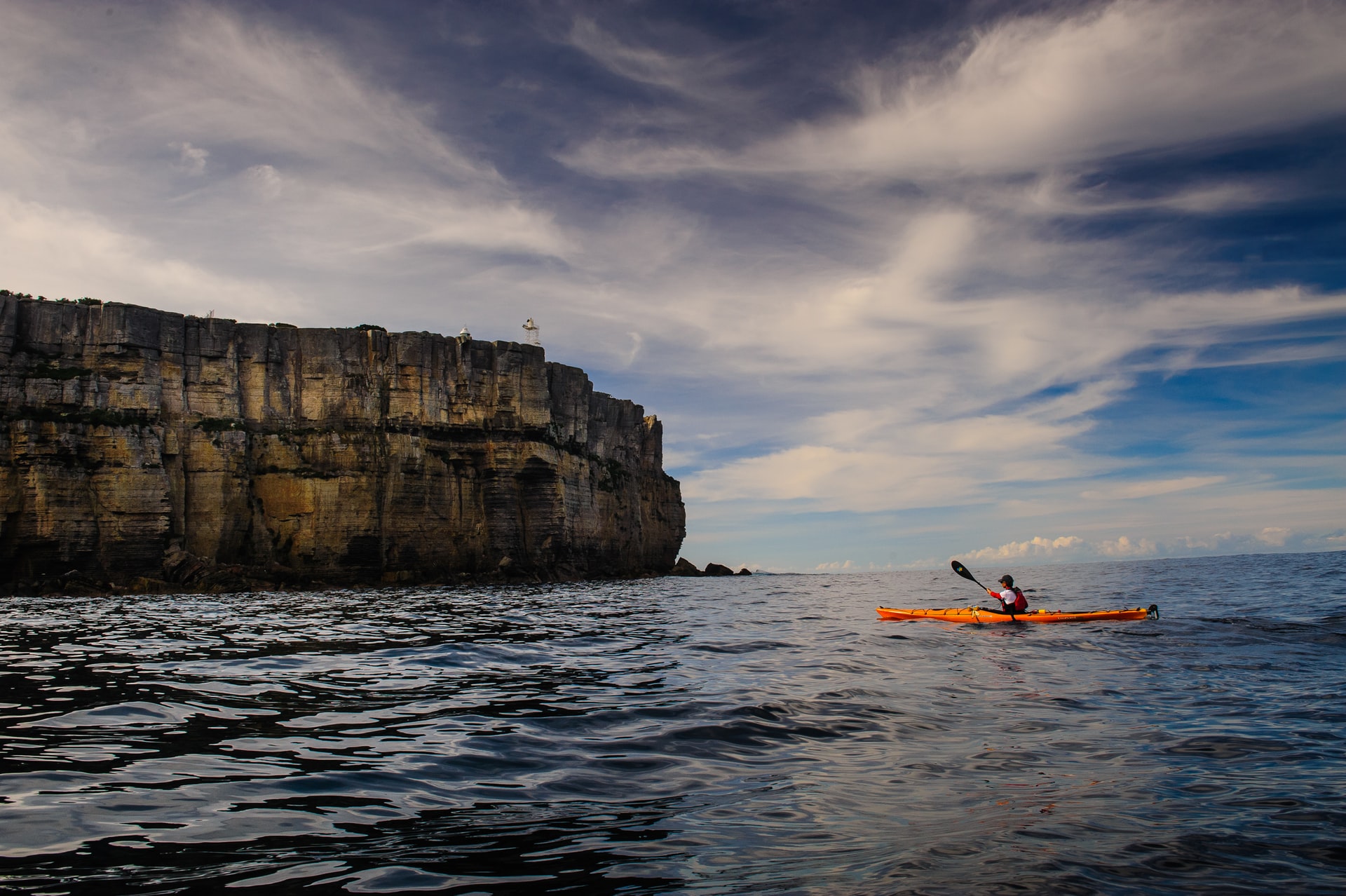
When Is It Too Windy for Kayaking? (Crucial Facts You Should Know)
-
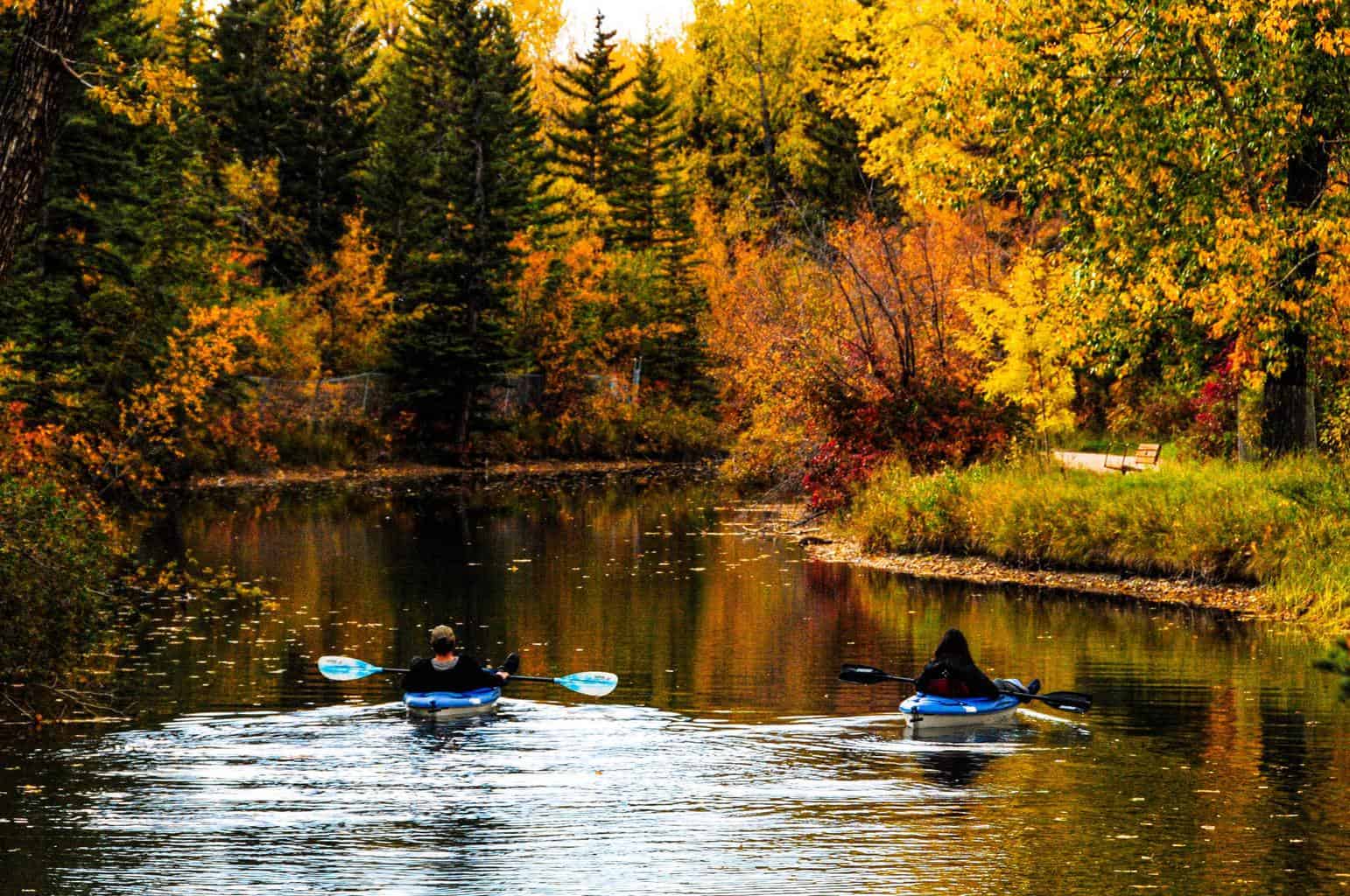
When to Go Kayaking? (What Every Kayaker Should Know)
-
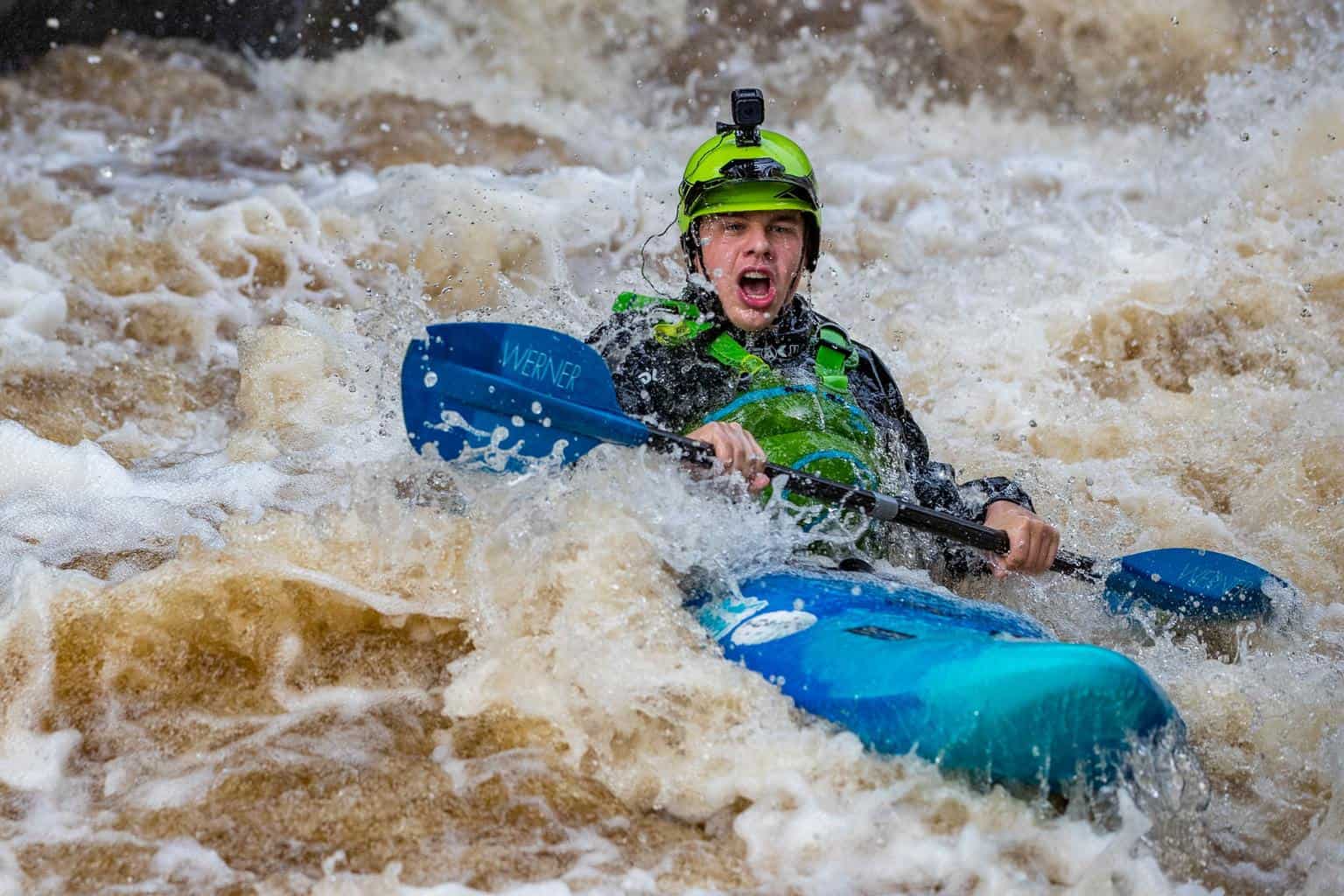
Will I Get Wet Kayaking? (Common Reasons & How to Stay Dry)
-
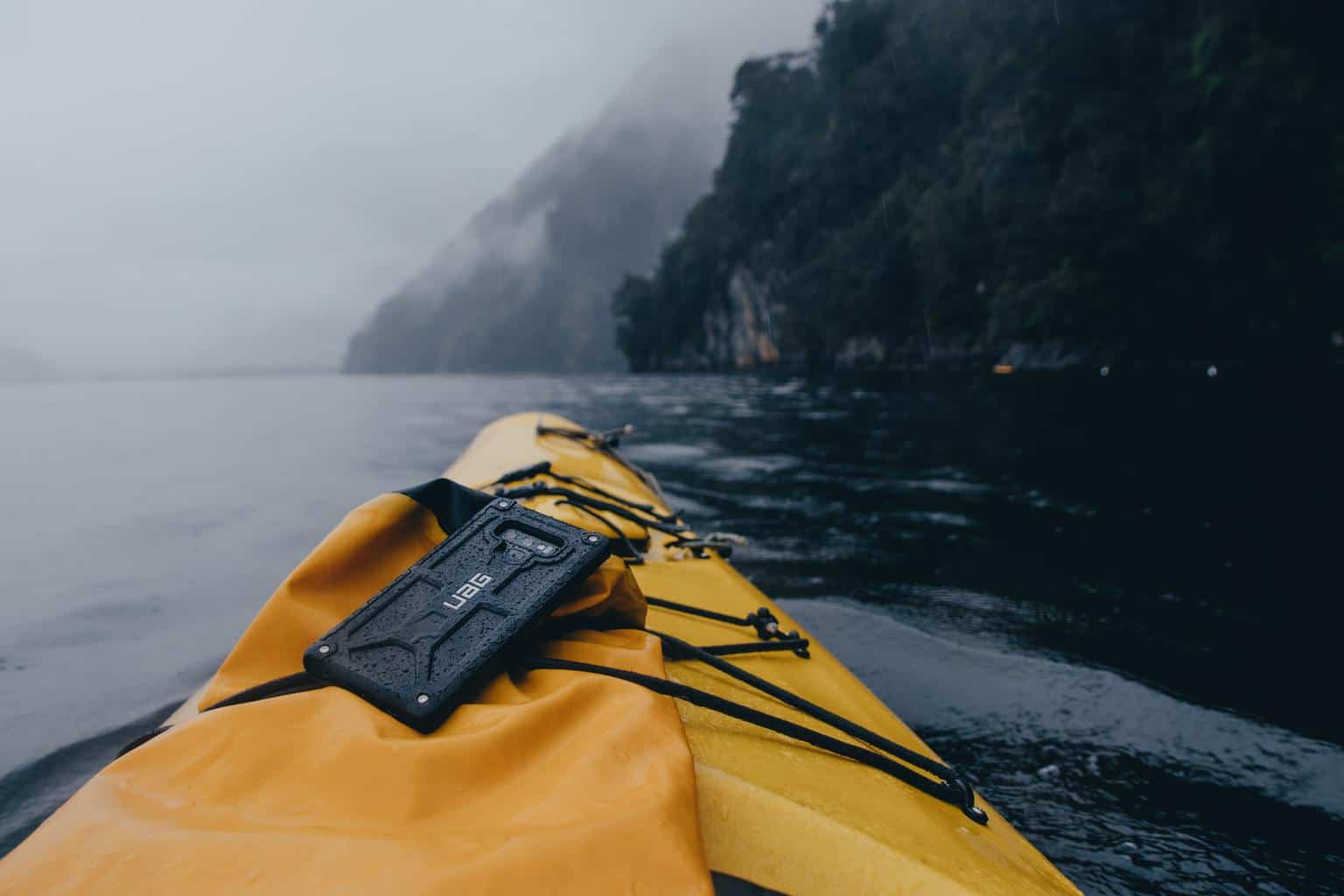
Should I Bring My Phone Kayaking? (7 Good Reasons)
-
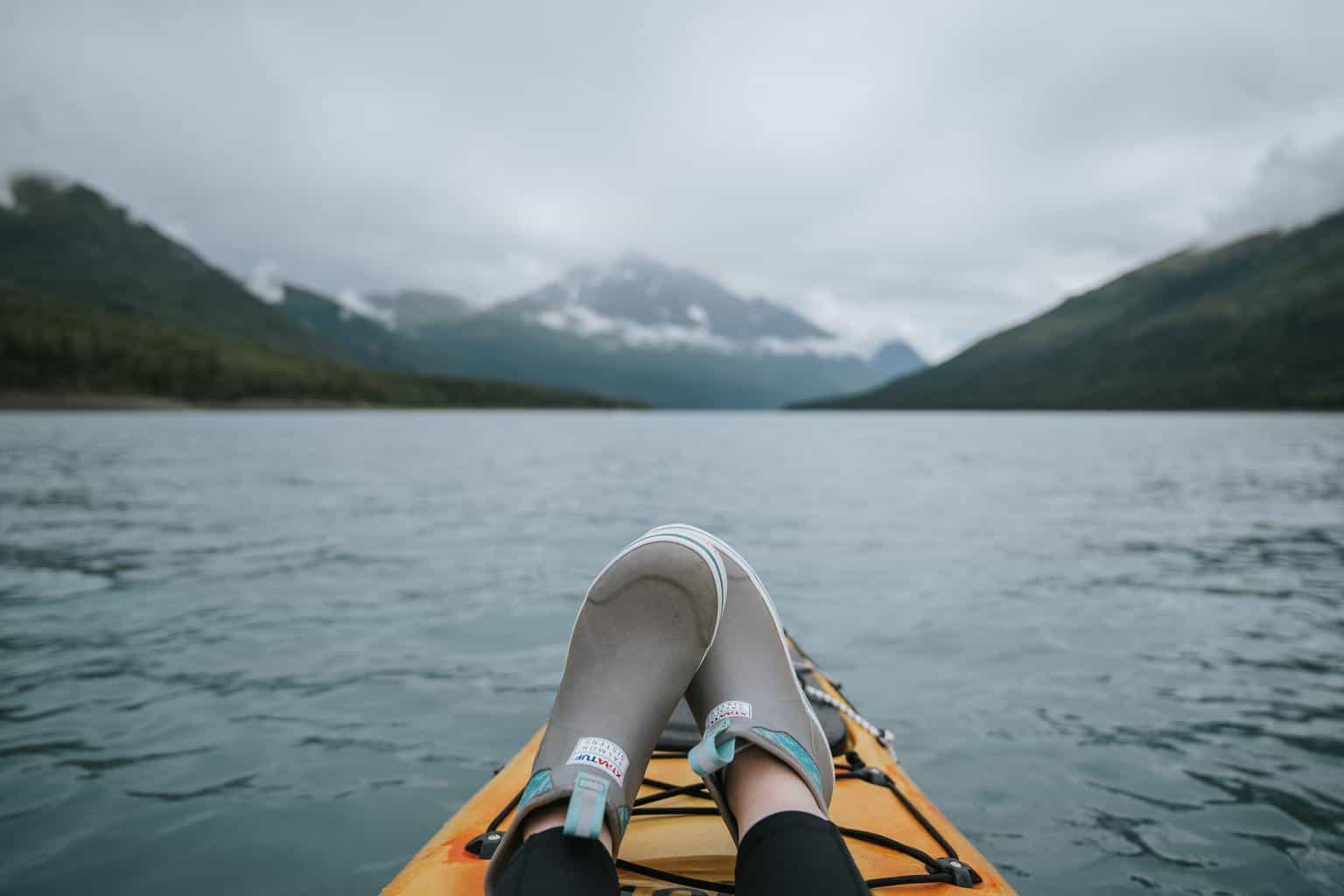
What Shoes to Wear Kayaking? (+ the Best Shoes for Your Needs)
-
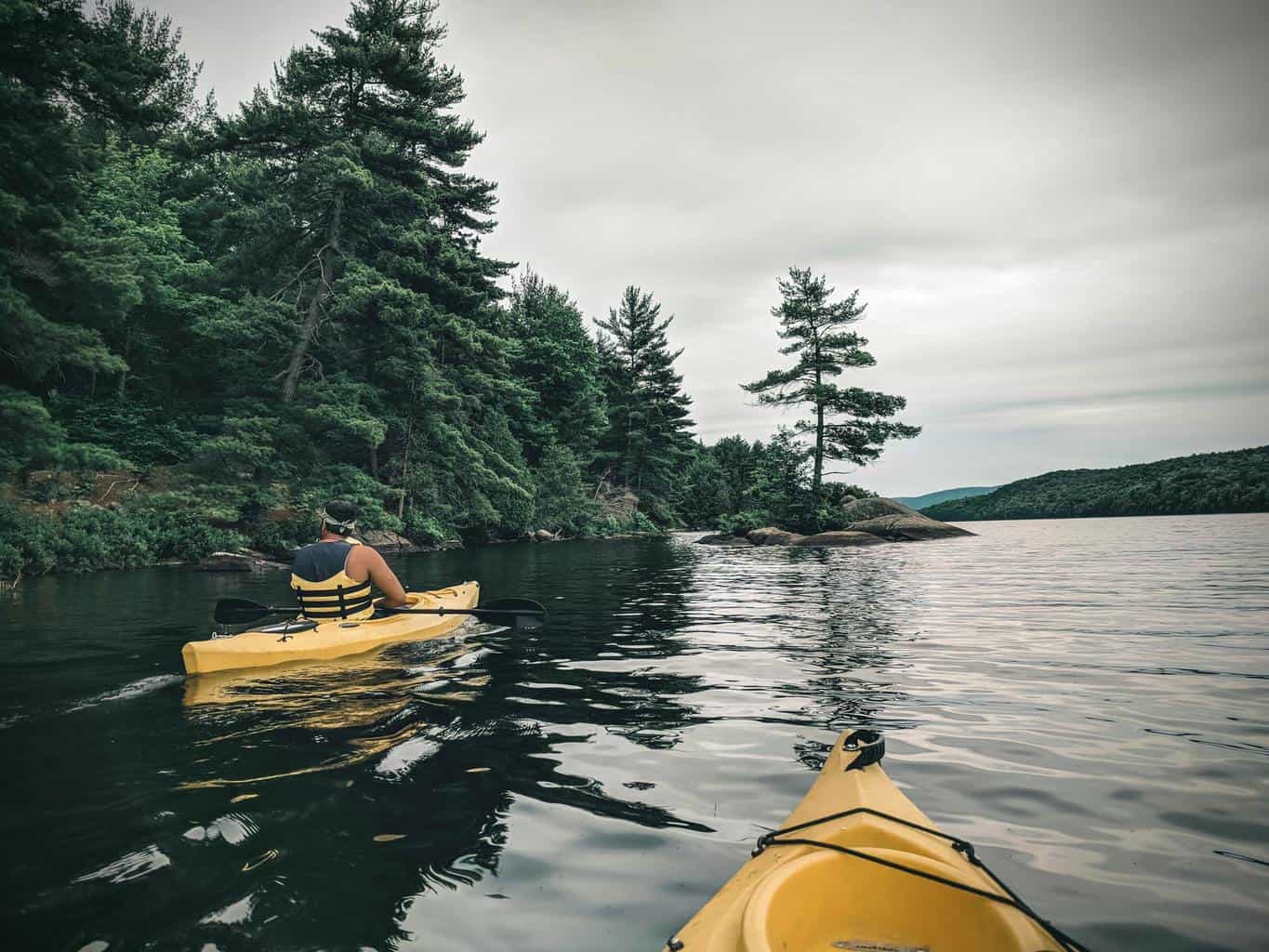
Can Kayaking Cause Chest Pain? (What Every Kayaker Should Know)
-
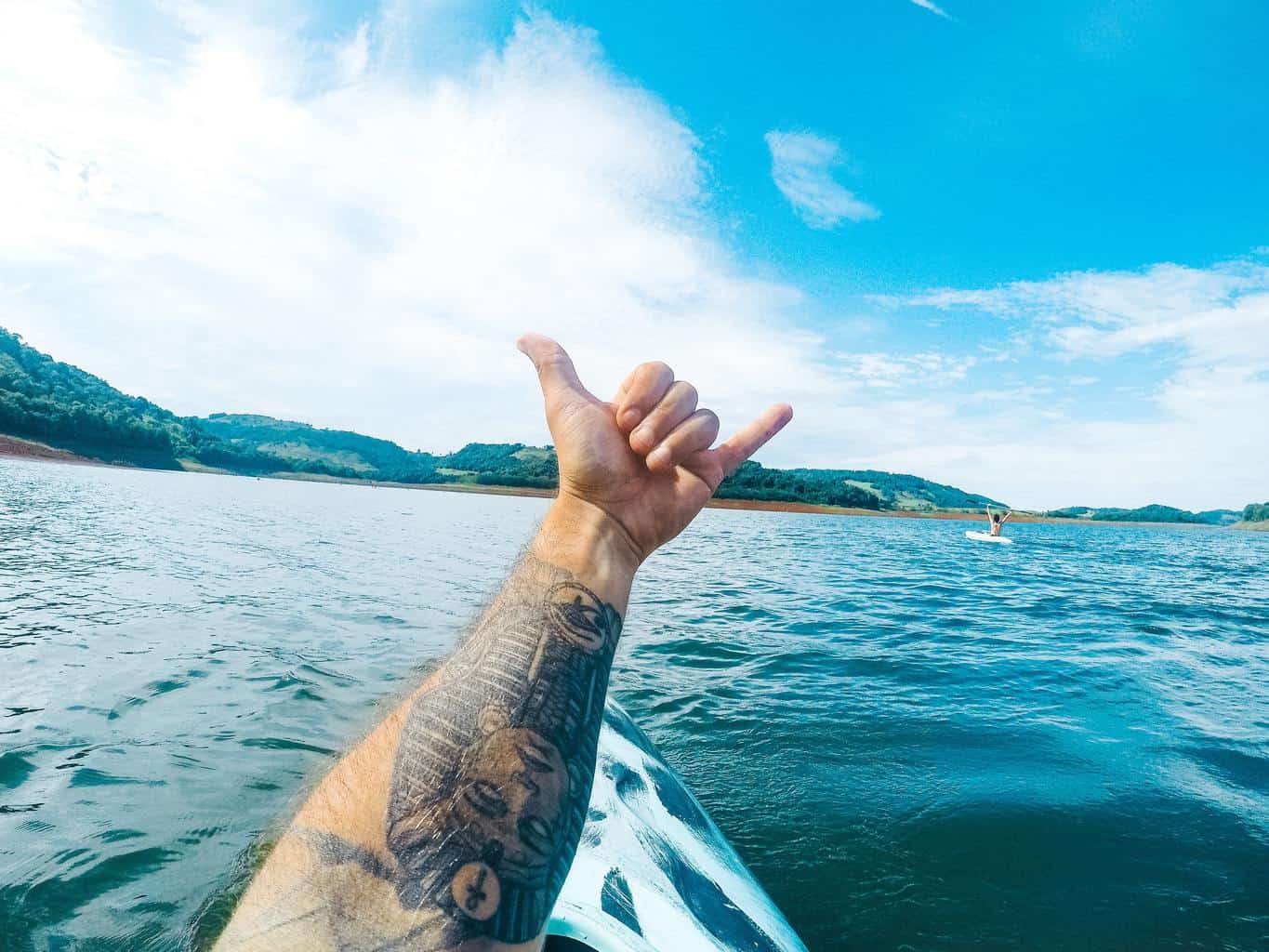
Can I Go Kayaking With a New Tattoo? (Facts You Should Know)
-
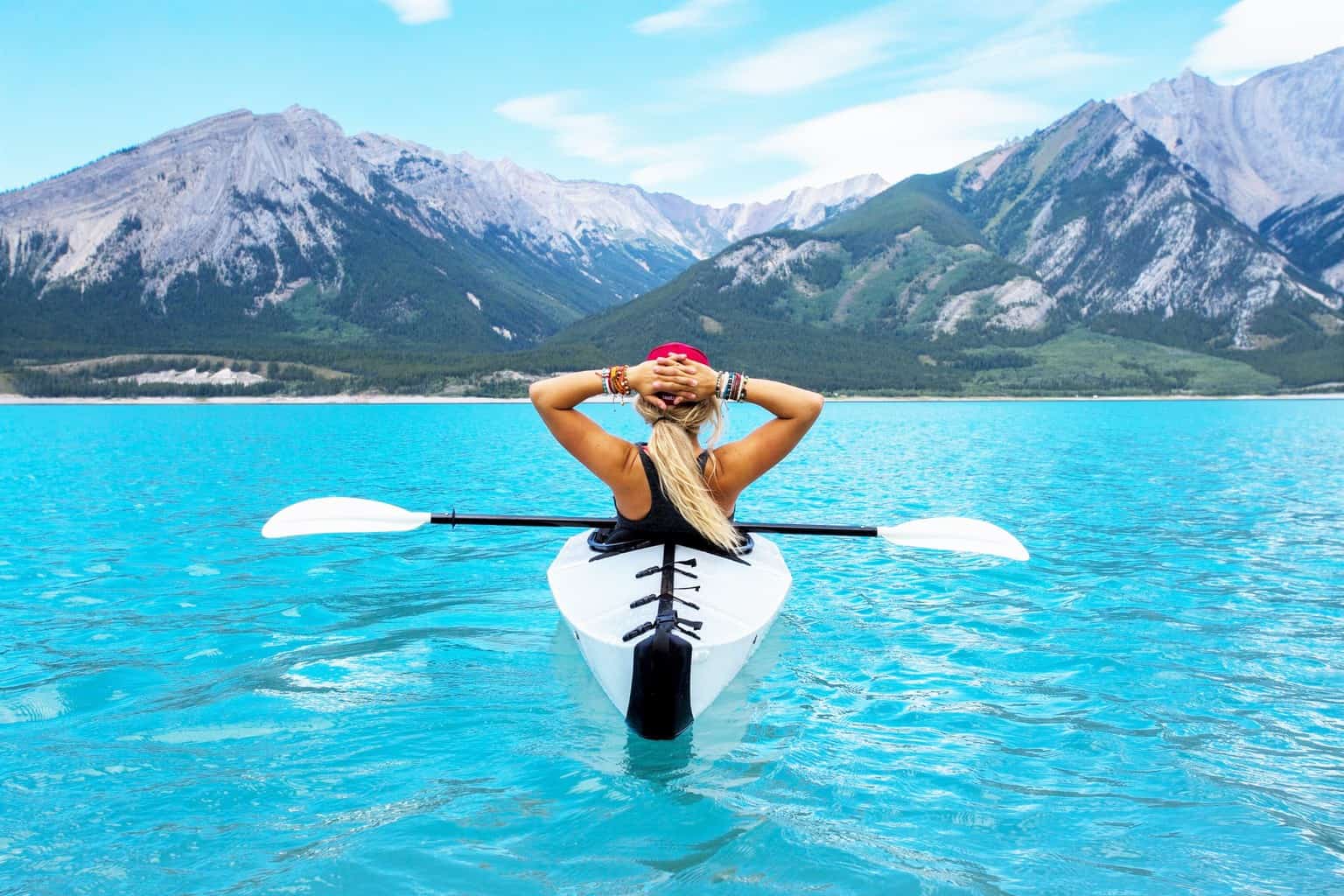
Can You Go Kayaking On Your Period? (+Practical Tips)
-
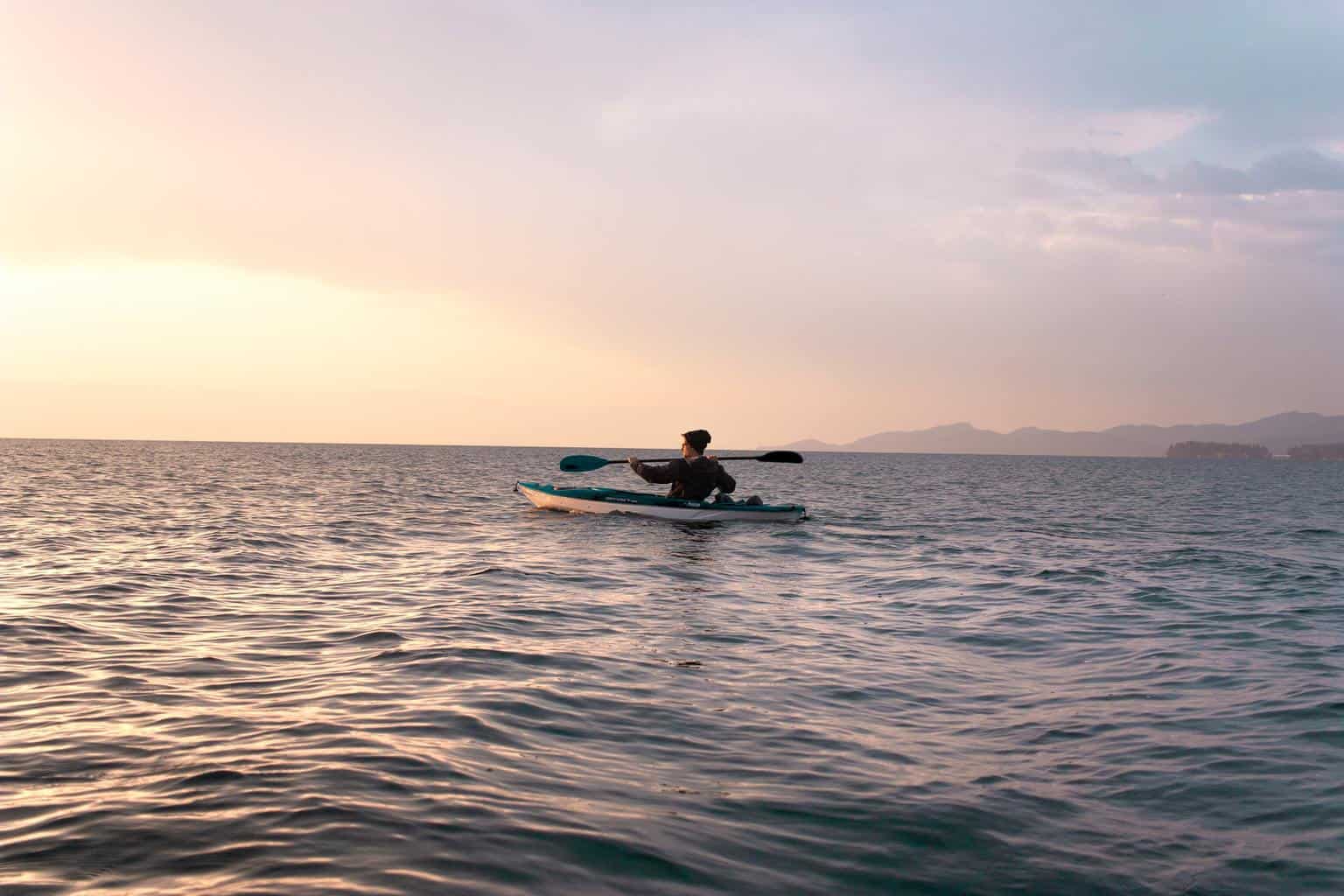
Can Kayaking Cause Hemorrhoids? (What Every Kayaker Should Know)
-
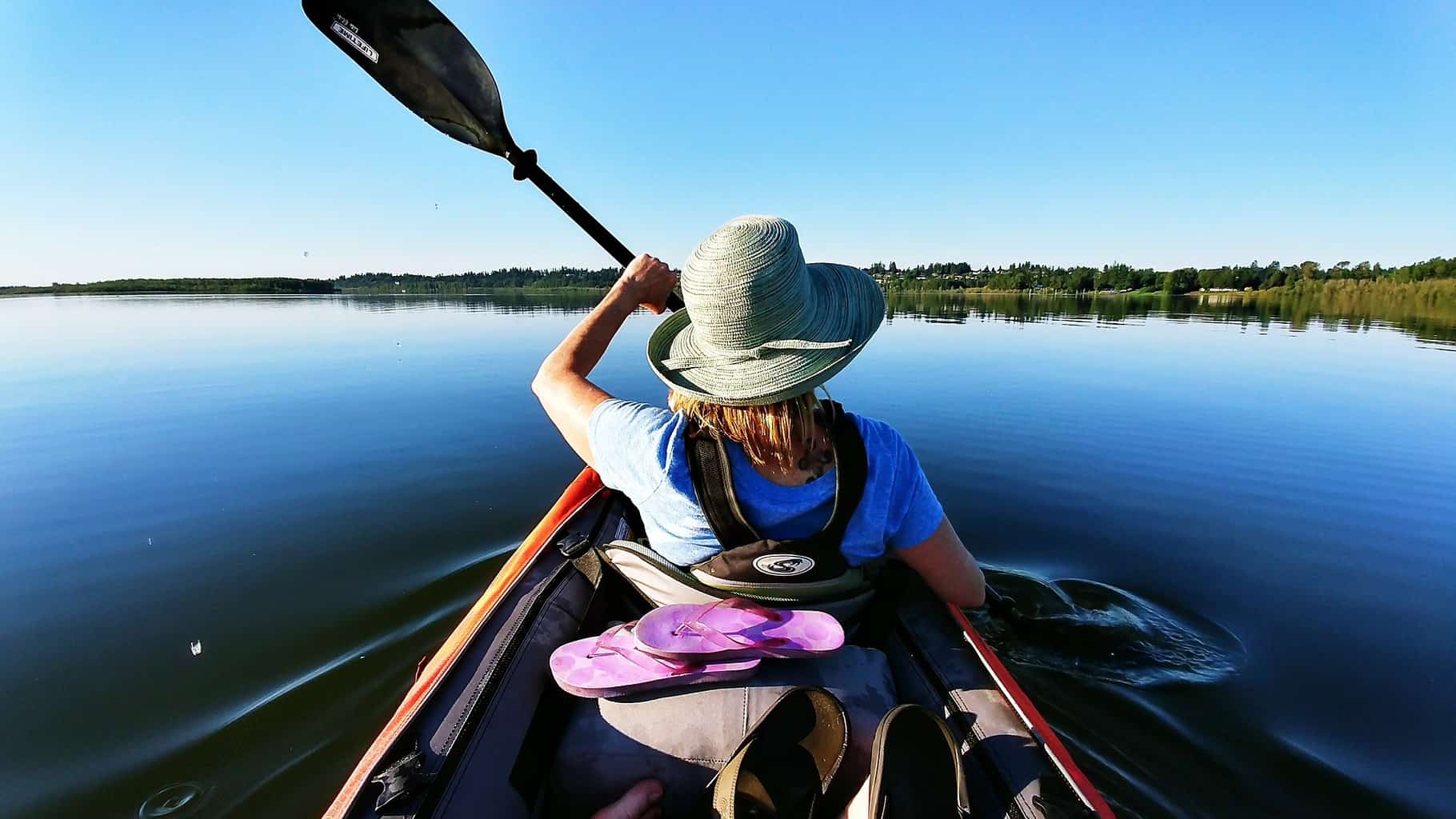
Can Kayaking Cause Tennis Elbow? (+8 Simple Tips to Avoid It)
-
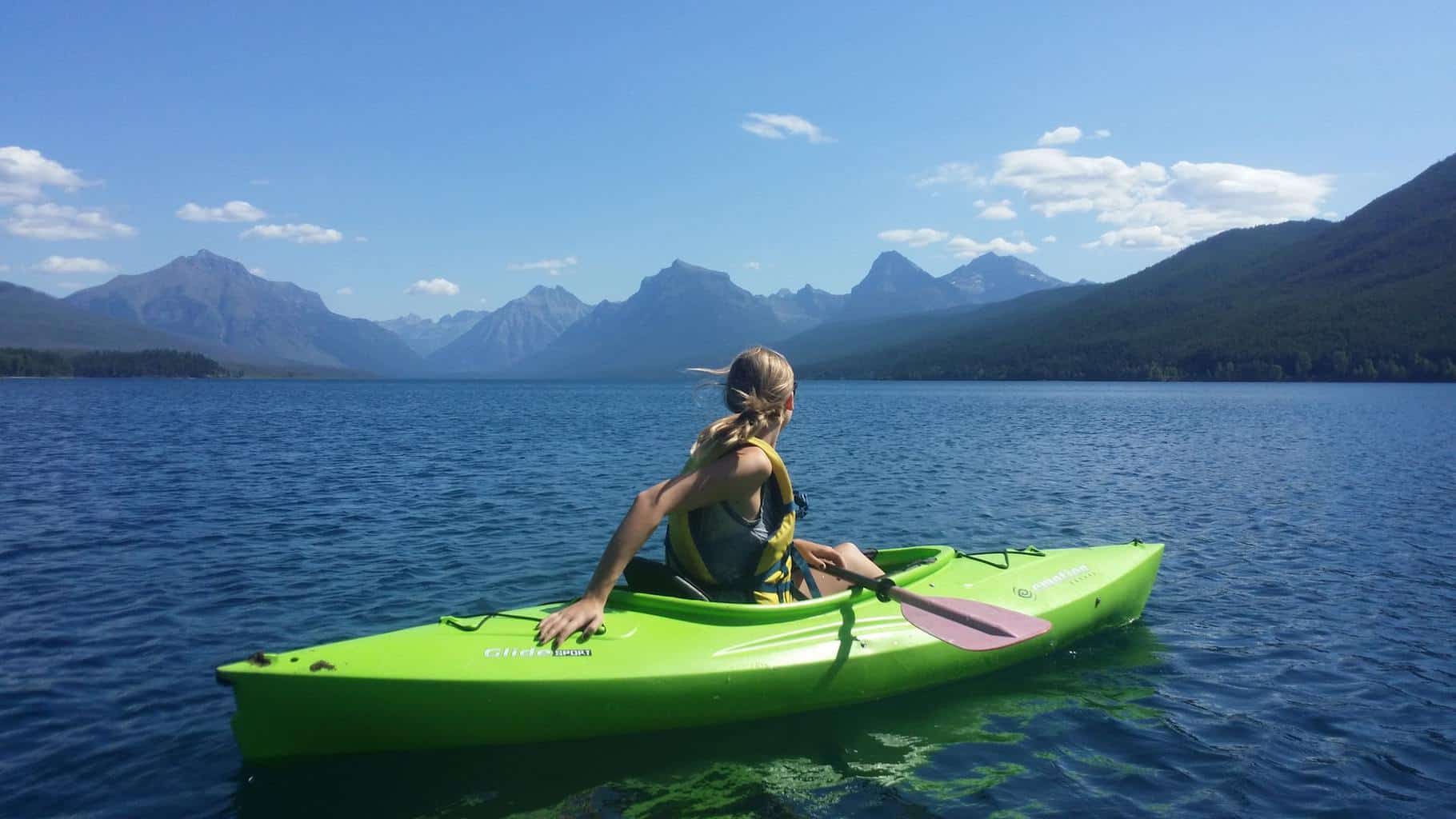
Can Kayaking Cause Sciatica? (+7 Tips to Avoid It)

